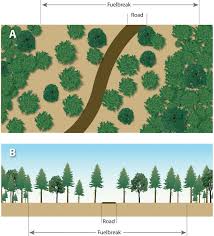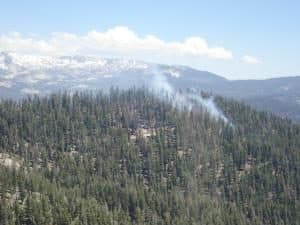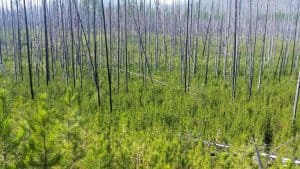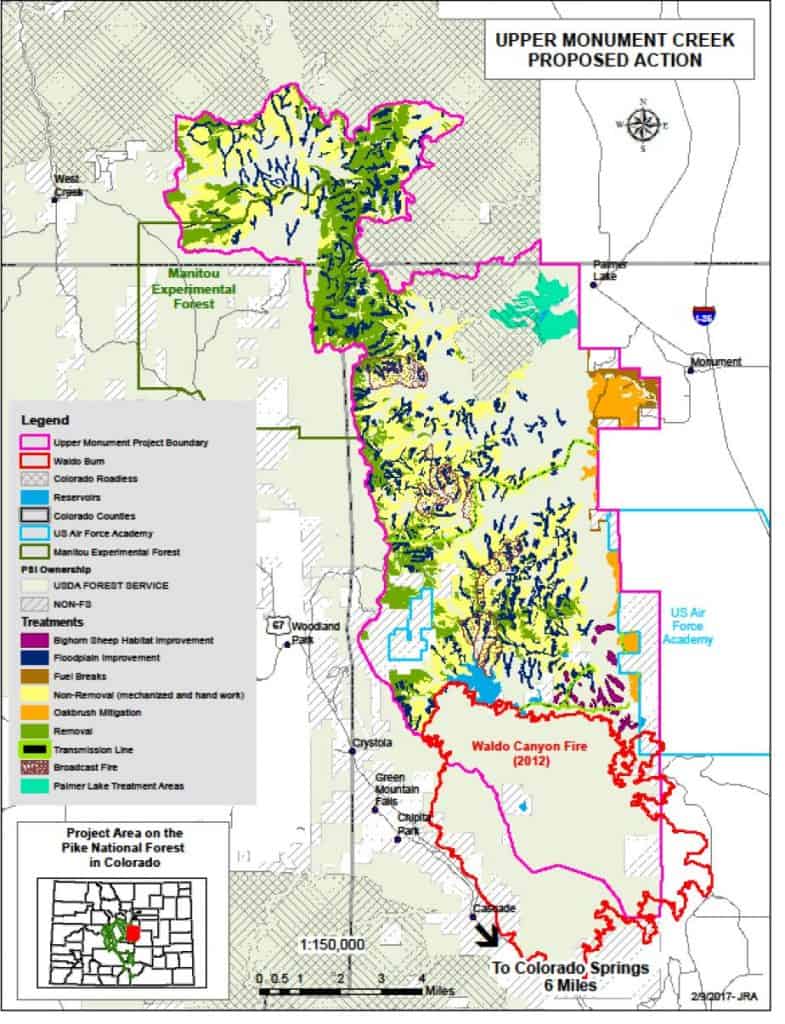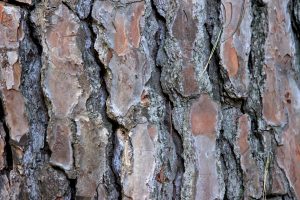Many of you may know Peter Williams from his work in the Forest Service on collaboration. Here is a link to what he is currently doing at the Partnership and Community Collaboration Academy. Thanks to him for writing this for our blog (at my request)! Quite a bit to think about here.. thanks again, Peter!
“As the USFS pursues changes in environmental analysis and decision making, matters of decision process are receiving attention, including dispute resolution. There are numerous schools of thought about decision making, dispute resolution, and decision processes. Some of the thinking is very divergent; most people have a limited understanding of the complexity of that thinking, at least outside of academics and lawyers, despite the fact that making decisions is one of the more basic human actions.
When a dispute occurs, arbitration and mediation are often mentioned as tools or techniques to reach agreement with the assistance of a third-party, either a mediator or arbitrator, also called an arbiter. Generally, the basic difference between arbitration and mediation is the decision maker: under arbitration, the arbitrator has the decision authority if the parties fail to reach agreement; under mediation, the parties make the decision and the mediator guides the process. There are exceptions, like with non-binding arbitration, where there is no enforcement of the arbiter’s decision on the parties. With non-binding arbitration, the arbiter still has the decision authority, but the parties are not bound by the decision, which obviously limits the arbiter’s authority.
Both arbitration and mediation are considered “alternative dispute resolution” (ADR) skills or techniques, with the other ADR techniques including collaboration and negotiation. The 1996 Alternative Dispute Resolution Act (ADRA) authorizes federal agencies to use ADR techniques to supplement other dispute resolution methods when the parties agree; yet, it specifically prohibits use of ADR techniques if, among things, other parties not involved in the proceeding may be significantly affected. For this reason, arbitration under ADRA fits poorly with natural resource management planning and public land management planning. Other ADR approaches, however, do fit well.
A collaborative approach is typically consistent with ADR concepts, for example, while also addressing public land management process issues. Public land management decisions are often a particular type of decisions because the scale of the interests can be so large, well beyond the narrower scope of a typical business dispute or administrative dispute involving a relatively small number of parties. For these reasons, a collaborative approach can be a good choice if the process is designed well. For example, a good process design will address the public engagement required under NEPA, the information collection constraints under the Paperwork Reduction Act, and the sunshine requirements under FACA, as well as any other procedural requirements identified during the process design phase.
In addition, a collaborative approach is fundamentally learning-oriented because it is about jointly coming to understand the issue, context, history, and implementation-oriented options. It is a “diagnostic” approach, as opposed to a prescriptive or predictive approach, because a shared understanding emerges from the broader group. Part of the understanding that emerges is about interests, as opposed to positions. In more traditional planning or decision processes, positions stated at the beginning of the process are treated as fixed, with little learning encouraged to reframe positions or to understand the interests underlying those stated positions.
A collaborative approach to a decision can extend into a collaborative approach to implementation as well as to monitoring, evaluation, and other forms of feed-back, all because of the continuous learning aspects of a good collaborative process. Arbitration and mediation, in contrast, tend to be one-off processes during which a narrow set of disputed issues are addressed. In this sense, arbitration and mediation generally remain in the category of adversarial dispute resolution approaches. Collaborative approaches are in a separate category and it can take careful work to move from an adversarial relationship to a more collaborative one, recognizing that even most collaborative efforts still allow for adversarial disputes to be addressed. In other words, one can work in a collaborative way while also recognizing that adversarial disputes can occur. When those happen, though, the foundation of collaboration often allows those disputes to be worked out more quickly and more constructively, often in a way that allows a return to the more generally collaborative approach.
Returning to the larger category of collaborative approaches, there is collaborative planning and collaborative decision making, as well as collaborative learning and collaborative evaluation or assessment. All of these are related and readily integrated.

